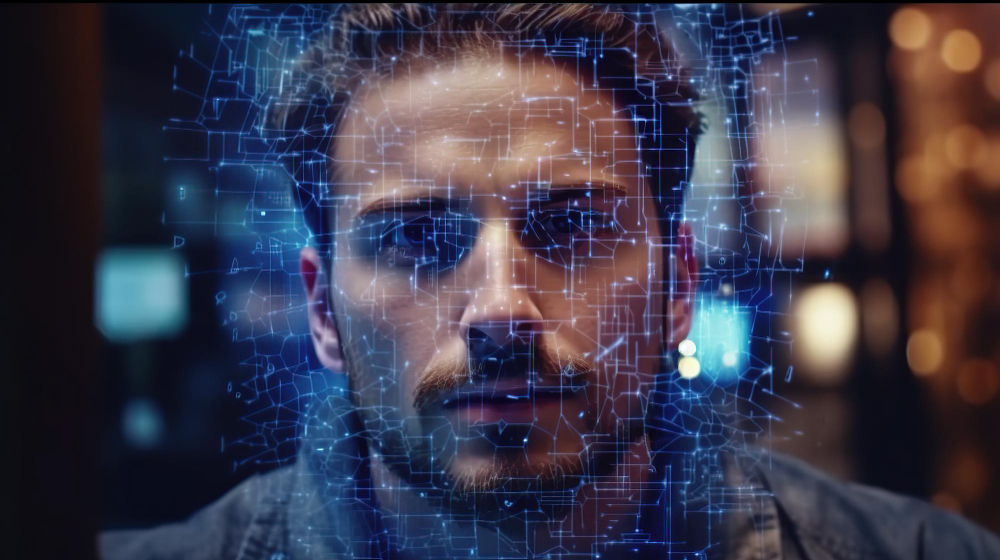Introduction
Image recognition is a fascinating and powerful technology. It allows computers to identify and process images in a way similar to that of humans. This technology has many applications, from facial recognition to driving cars. But how does it actually work?
The Basics of Image Recognition
Image recognition involves using artificial intelligence to identify objects, people, and other elements in digital images. This process relies on machine learning models, which are trained to recognise patterns and features in images.
The Role of CoreML Tools
CoreML tools are essential in developing and deploying image recognition models. These tools enable developers to integrate machine learning models into applications, making it easier to use image recognition in real-world scenarios.
The Process of Image Recognition
Training Data
Training data is crucial for developing an effective image recognition model. This data consists of thousands, or even millions, of labelled images. The training set includes various examples of the objects or elements the model needs to identify.
Training the Model
Training the model involves feeding the training data into a machine learning model. The model learns to recognise patterns and features in the images. This process needs a lot of computer power and time because the model has to analyze a large amount of data.
Convolutional Neural Networks (CNNs)
Convolutional neural networks (CNNs) are at the heart of image recognition. These networks specifically process and analyze visual data. CNNs use convolution layers to detect patterns and features in images.
How Convolutional Neural Networks Work
Convolution Layers
Convolution layers are essential components of CNNs. These layers apply filters to the input images, detecting edges, textures, and other features. Each filter scans the image, creating a feature map that highlights specific patterns.
Pooling Layers
Pooling layers reduce the spatial dimensions of the feature maps. This process, known as down-sampling, helps to decrease the computational load and focus on the most critical features. Pooling layers summarise the presence of features in specific regions of the image.
Fully Connected Layers
After the convolution and pooling layers, the data passes through fully connected layers. These layers integrate the detected features and make predictions. The final output is a set of probabilities indicating the presence of different objects or elements in the image.
Deep Learning in Image Recognition
Deep Learning Models
Deep learning models are advanced machine learning models that use multiple layers to process data. These models are highly effective in image recognition, as they can learn complex patterns and features. Deep learning involves training models with large datasets and fine-tuning them to improve accuracy.
Training Deep Learning Models
Training deep learning models for image recognition requires substantial computational resources. People often use GPUs to accelerate training because they can process large datasets quickly. The trained model can use to identify objects and elements in new images.
Applications of Image Recognition
Facial Recognition
Facial recognition is one of the most well-known applications of this technology. Various fields utilize this technology in security systems, social media, and other applications. Facial recognition involves identifying and verifying individuals based on their facial features.
Driving Cars
Image recognition plays a crucial role in driving cars. Self-driving cars use cameras to see and recognize things on the road, like cars, people, and signs. This technology is essential for ensuring the safety and efficiency of autonomous driving.
Identifying Objects
Image recognition is used in various industries to identify objects. For instance, in retail, it can help with inventory management by recognising products. In healthcare, it can assist in diagnosing medical conditions by analysing medical images.
The Importance of Real-Time Processing
Real-Time Image Recognition
Real-time image recognition is critical for applications that require immediate responses. For example, autonomous vehicles need to process visual data in real time to make quick decisions. Real-time processing involves using powerful hardware and optimised algorithms to ensure rapid and accurate recognition.
The Role of Core ML Tools
Core ML tools facilitate real-time image recognition by enabling developers to integrate machine learning models into applications. These tools support various platforms, making it easier to deploy real-time recognition in different environments.
The Role of Computer Vision
Computer vision is a fundamental aspect of image recognition. It involves enabling computers to interpret and understand the visual world. Computer vision systems use deep learning models to analyze digital images and videos. They can identify objects, track movements, and understand human actions.
This technology is crucial in various applications, including surveillance, quality control in manufacturing, and enhancing the capabilities of autonomous vehicles. Computer vision and image recognition, combined, create advanced and accurate systems. These systems can operate in real-world settings with minimal human intervention.
Challenges in Image Recognition
Accuracy
One of the main challenges in image recognition is achieving high accuracy. The model needs to train with various datasets to accurately identify objects in different conditions. Fine-tuning the model and using advanced techniques can help improve accuracy.
Computational Resources
Training and deploying image recognition models require significant computational resources. To recognize images, we need powerful GPUs and smart algorithms to handle lots of data and complex calculations.
How TechnoLynx Can Help
At TechnoLynx, we specialise in developing and deploying image recognition solutions. Our experts use advanced machine learning models and CoreML tools to create accurate image recognition systems. We can help with facial recognition, object identification, and real-time processing. Our expertise and technology can meet your needs.
Conclusion
Image recognition is a powerful technology with numerous applications. From facial recognition to driving cars, it plays a crucial role in various fields.
Understanding how image recognition works is crucial. This includes knowing how convolutional neural networks and CoreML tools are used. This knowledge is necessary for creating successful solutions. At TechnoLynx, we are committed to helping you harness the power of image recognition for your business.
Read our detailed article on CoreMLTools: A GENTLE INTRODUCTION TO COREMLTOOLS!
Image credits: Freepik













